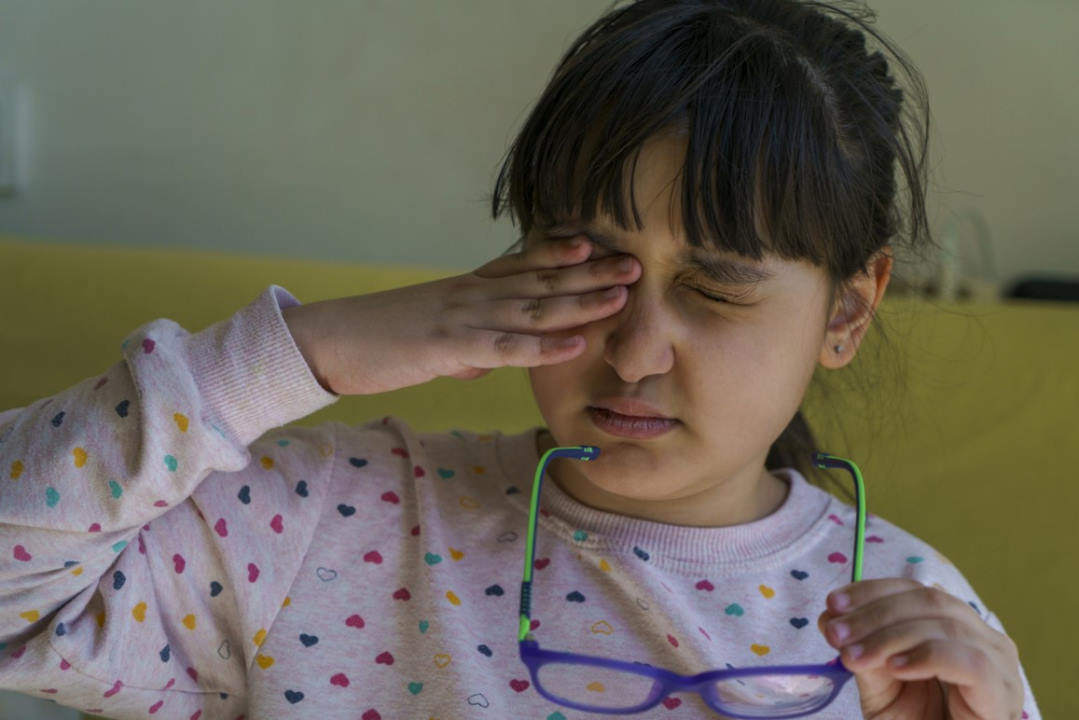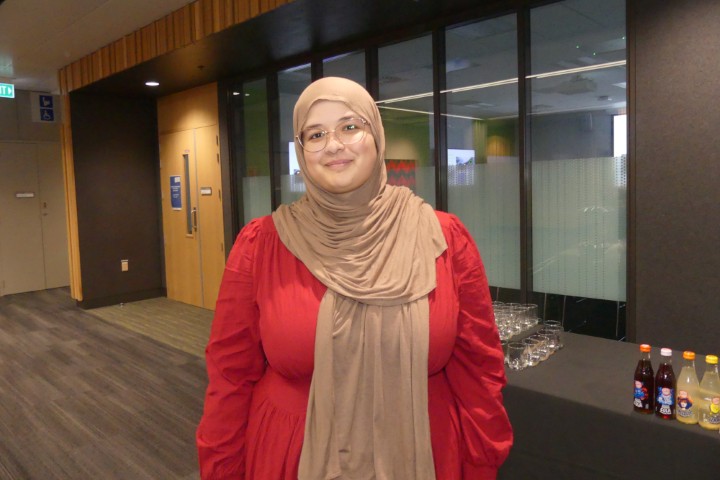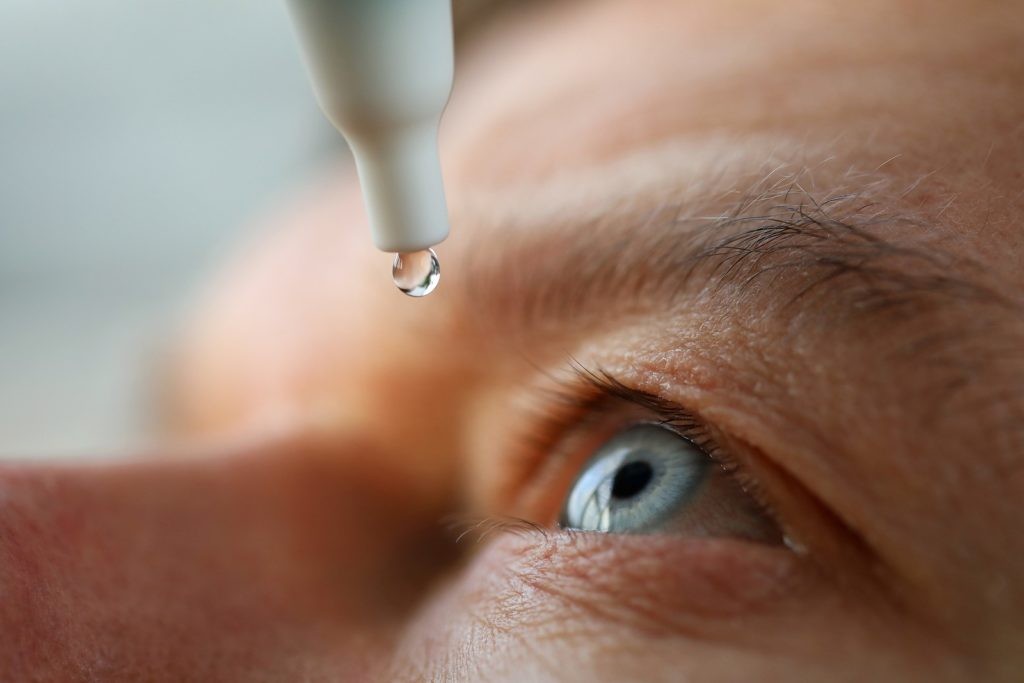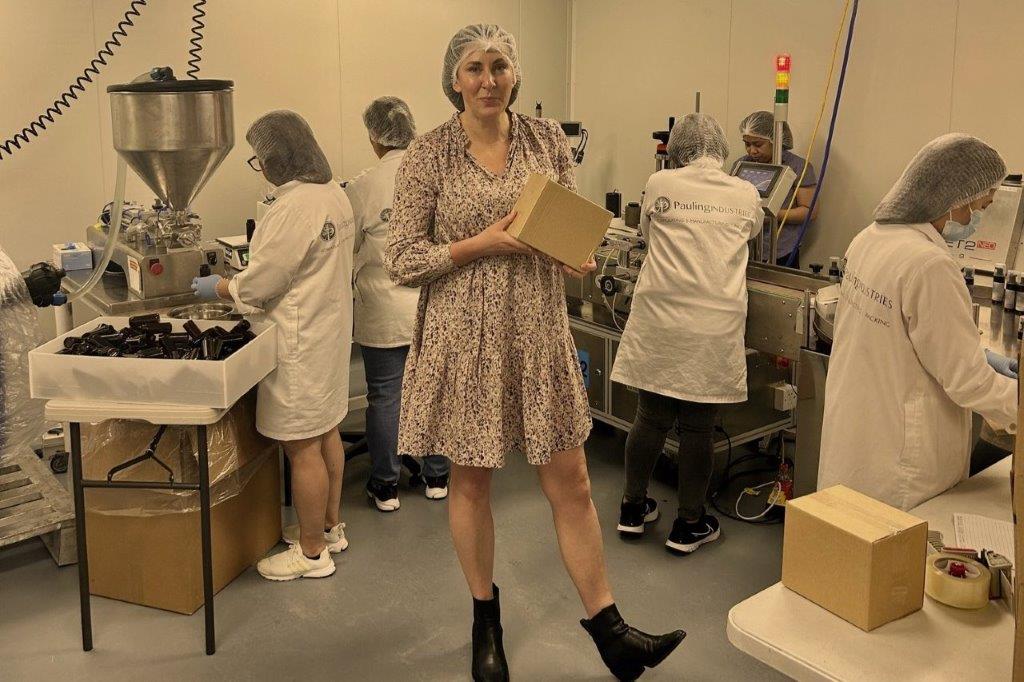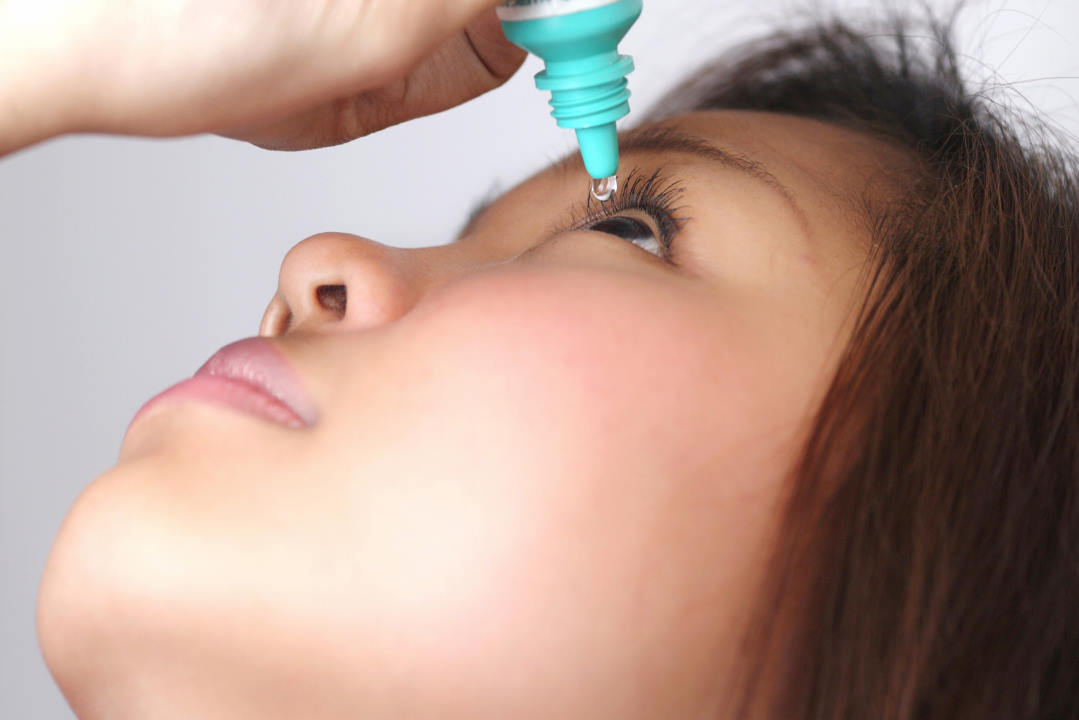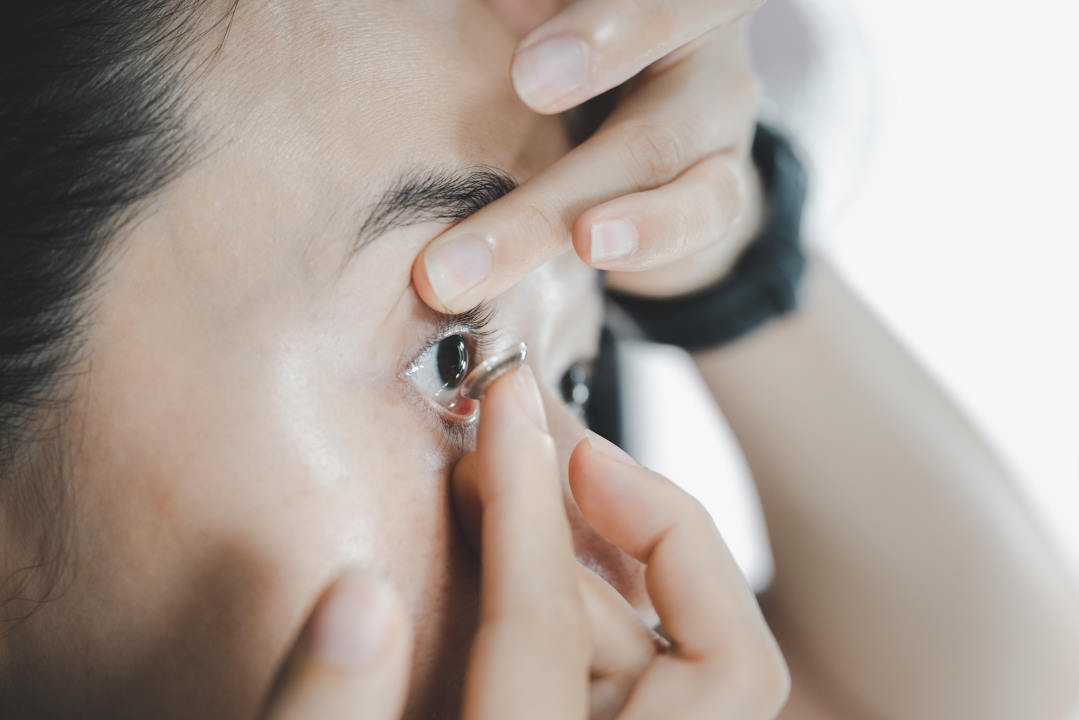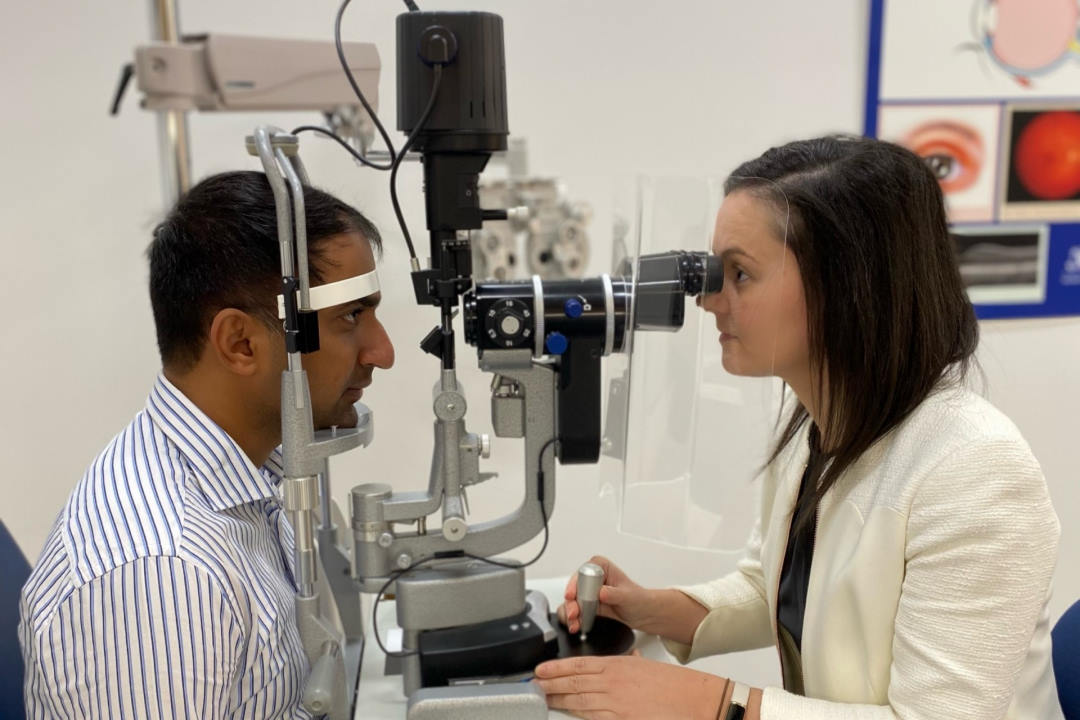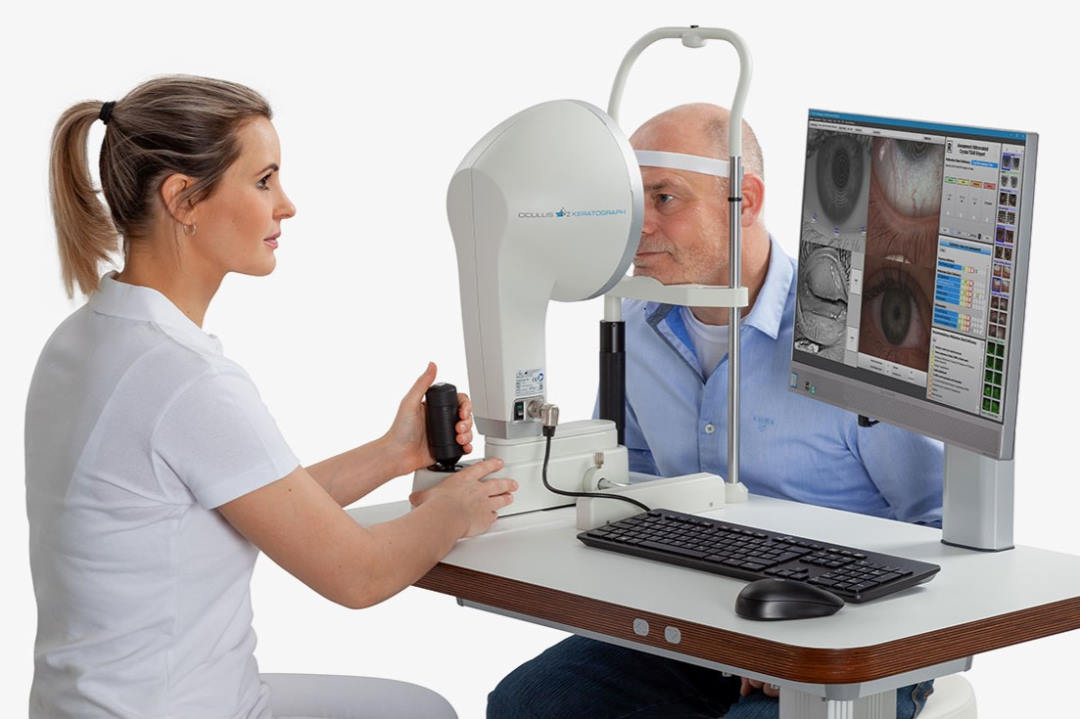Exploring dry eye disease in the young
Dry eye disease (DED) is common in the adult population, with recent publications using the TFOS DEWS II diagnostic criteria suggesting about one in three have the disease1,2. However, given the ubiquitous nature of digital device use3, particularly in the young, and the impact this has on the ocular surface, what do we know about DED in this population?
A literature search, conducted from January 2000 to December 2022, identified 54 relevant publications4. Young people with DED experience similar symptoms to adults5,6,7,8 and their quality of life is considerably impacted by DED, with reported effects on presenteeism, concentration and performance at school and other activities, including reading and playing5,6,7. Of the 54 publications identified, 16 reported some measure of disease frequency in young populations over the last 20 years: two were based on prior diagnosis or severe symptoms of DED (Women’s Health Study criteria), three on symptoms and at least one sign, one on symptoms alone and three on health or insurance database claim estimates. In addition, four were non-population-based hospital or eye-clinic studies. Prevalence ranged from 5%-65.4% across population-based studies. Studies reporting the frequency of ocular symptoms estimated prevalence to range from 17%-65.4%; those using the Women’s Health Study (WHS) criteria ranged from 23.7%-26.6%, those reporting symptoms and at least one sign as recommended by the TFOS DEWS II, Asia Dry Eye Society or Japanese Dry Eye Society criteria, ranged from 6.6%-15.7%. Hence, compared with similar studies in adults, the prevalence of a prior DED diagnosis or a diagnosis based on signs and symptoms was lower in young people, but symptoms were still commonly reported.
Fifty-one papers reported risk factors for DED in the young. Some population-based studies have reported a higher rate of DED in young Asian females compared with males, using the WHS, Japanese and Asia Dry Eye Society criteria. Sex differences appear to be more marked in older children, but there are limited appropriately powered studies. Similarly, the impact of ethnicity in a paediatric population is equivocal, with one small study reporting higher rates in Asian than Caucasian children in New Zealand9. Most studies have been conducted in Asian (Chinese, Japanese or Korean) populations and there are limited comparable studies in Caucasian populations.
Environmental and lifestyle factors in adult dry eye are well established and have been recently comprehensively reviewed10; however, associations in a younger population are less well established. The prevalence of DED in children seems to be significantly higher in urban than in rural areas (8.3% vs 2.8%)8 and outdoor activity reduces the likelihood of DED by about three times11. Accepting there will always be confounders to population-based risk analysis, daily use of a smartphone increases the risk of DED by 13 times8 and signs and symptoms of DED improved after four weeks of device cessation8. Similar associations have been found in China, the UK, Japan and Turkey.
Similar approaches were used to diagnose DED in young people with those used in adults, including validated questionnaires and the assessment of signs, including tear-film stability (breakup time), volume (Schirmer test) and ocular surface damage (ocular surface staining). Likewise, the treatment options suggested for young patients in published papers are similar to those in adults, including lifestyle modifications, lubricants and pharmacological treatments. While one study demonstrated that current diagnostic questionnaires can be used by young people12, future studies are needed to understand whether the diagnosis and management of dry eye should be adjusted to account for the age of the child.
References
1. Vidal-Rohr M, Craig JP, Davies LN, Wolffsohn JS. The epidemiology of dry eye disease in the UK: The Aston dry eye study. Cont Lens Anterior Eye. 2023;46:101837.
2. Cai Y, Wei J, Zhou J, Zou W. Prevalence and Incidence of Dry Eye Disease in Asia: A Systematic Review and Meta-Analysis. Ophthal Res. 2022;65:647-658.
3. Wolffsohn JS, Lingham G, Downie LE, Huntjens B, Inomata T, Jivraj S, et al. TFOS Lifestyle: Impact of the digital environment on the ocular surface. Ocul Surf. 2023;28:213-252.
4. Stapleton F, Velez FG, Lau C, Wolffsohn JS. Dry eye disease in the young: A narrative review. The ocular surface. 2024;31:11-20.
5.Villani E, Nucci P. Pediatric Dry Eye. Available at: https://www.aao.org/disease-review/pediatric-dry-eye (last accessed on July 1, 2021). 2020.
6. Donthineni PR, Das AV, Basu S. Dry eye disease in children and adolescents in India. Ocul Surf. 2020;18:777-782.
7. Wang S, Jia Y, Li T, Wang A, Gao L, Yang C, et al. Dry Eye Disease Is More Prevalent in Children with Diabetes than in Those without Diabetes. Curr Eye Res. 2019;44:1299-1305.
8. Moon JH, Kim KW, Moon NJ. Smartphone use is a risk factor for pediatric dry eye disease according to region and age: a case control study. BMC Ophthalmol. 2016;16:188.
9. Kim JS, Wang MTM, Craig JP. Exploring the Asian ethnic predisposition to dry eye disease in a pediatric population. Ocul Surf. 2019;17:70-77.
10. Galor A, Britten-Jones AC, Feng Y, Ferrari G, Goldblum D, Gupta PK, et al. TFOS Lifestyle: Impact of lifestyle challenges on the ocular surface. The ocular surface. 2023;28:262-303.
11. Ma J, Zhu H, Guo W, Li R, Shen S, Wang Y, et al. Association of different digital media experiences with paediatric dry eye in China: a population-based study. BMJ Open. 2022;12:e062850.
12. Chidi-Egboka NC, Golebiowski B, Lee SY, Vi M, Jalbert I. Dry eye symptoms in children: can we reliably measure them? Ophthal Physiol Opt. 2021;41:105-115.

Professor Fiona Stapleton is a clinical scientist with expertise in epidemiology and research in corneal infection, dry eye and contact lens-related disease. She is a past president of the International Society for Contact Lens Research and is academic lead of the SAGE (Science in Australia gender equity) Athena Swan initiative at the School of Optometry and Vision Science, UNSW, Sydney.

Professor James Wolffsohn is head of the School of Optometry at Aston University, UK, and recently appointed honorary professor in the Department of Ophthalmology at the University of Auckland. His main research areas are the development and evaluation of ophthalmic instrumentation, contact lenses, intraocular lenses and the tear film.








